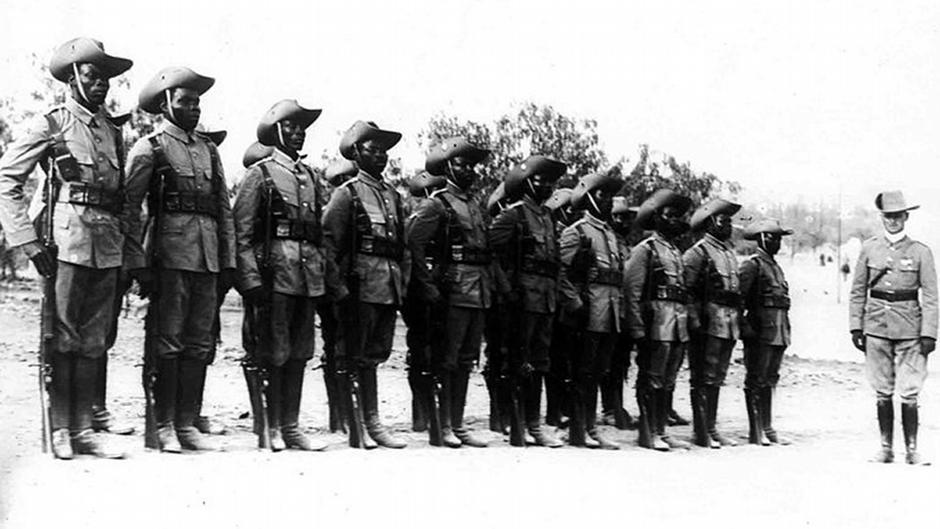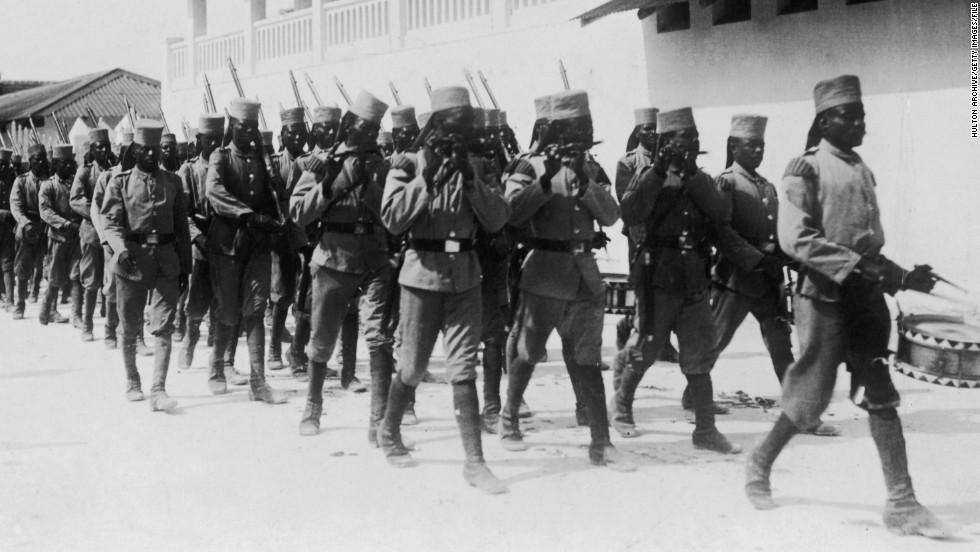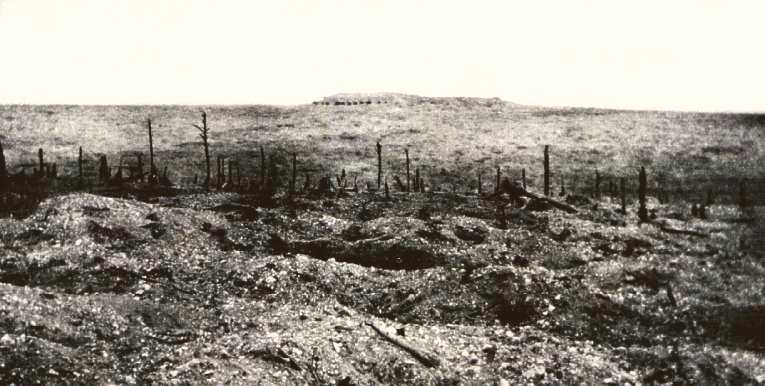Monday, March 7, 2016
A Very Quick Post: Inside Fort Vaux
Verdun being a very apt topic just now, I found my eye snagged in passing by some photos from the Hammerhead 2016 game event that happened last weekend in the UK.
One of the games put on show was one of the fighting inside Fort Vaux. The fort was part of the defenses of Verdun, north and east of the city. Like many of the supporting defenses, it was stripped of its guns so they could be used elsewhere, and the garrison had to hold out with resort only to their own small arms and support weapons. In June, after bombarding the fort, the Germans assaulted it several times, with the fighting in its underground galleries being referred to by some as the first battle fought entirely underground. Only after being shelled for six months and being cut off and repeatedly assaulted, out of food and water and with many casualties unable to evacuate to hospital did the fort surrender. Four months later, the Germans abandoned the fort without a fight after a heavy bombardment by French artillery, including 40cm guns. The French repaired the damage they and the Germans had done and extended the defenses of the fort, which they held for the rest of the war.
So, a chap named James Morris created what looks like a wizard wargame depicting the German assaults inside Fort Vaux. There are some photos on this Wargames Illustrated page, about halfway down, showing the map of the galleries the game designer used and an overview of the barracks block and nearby tunnels used in the game.
This blog entry at Steve's Paintingshed also has some photos, including more closeup shots of the model barracks and tunnels.
This looks like a great and imaginative game. Congratulations to Mr Morris on an impressive piece of work!
Wikipedia's Fort Vaux page
Some photos of present-day Fort Vaux
De Eerste Wereldoorlog page on the fighting over Fort Vaux, giving a detailed account of the German assault.
Wednesday, March 2, 2016
Black Contingents in Other European Forces
 |
| Tirailleurs Sénégalais in France, 1917 (okayafrica.com) |
British African Troops
 |
| King's African Rifles corporal and privates (okayafrica.com) |
Other African units, which together made up the West African Frontier Force, were the Gold Coast Regiment, the Nigeria Regiment, the Sierra Leone Battalion, and the Gambia Company. Another unit from East Africa was the Somaliland Camel Corps.
 |
| Men of the South African Native Labour Contingent (Mail & Guardian) |
Rhodesia (technically two entities, Northern and Southern Rhodesia, both controlled by the British South Africa Company, rather than by the Crown or a dominion government) did not share South Africa's equivocal feelings about the war. Many White Rhodesians joined the British Army or the Royal Flying Corps directly, sometimes forming formal or informal Rhodesian subunits. Others volunteered for the 1st and later 2nd Rhodesian Regiments, all-White units that served in South Africa during the tail end of the rebellion there, then in Southwest Africa and in East Africa.
 |
| The Rhodesia Native Regiment on parade in Salisbury (Wikipedia) |
But without question the largest force raised in Africa by the British was the conscripted labour force that supported British operations, the Carrier Corps of 400,000 men from East and Central Africa.
British West Indians
Of course, one significant Black contingent in the British forces were not Africans but troops from the West Indies. The British West Indies Regiment contributed eleven battalions to serve in Europe, in Italy, West and East Africa, and in Egypt and Palestine over the course of the war. The Bermuda Militia Artillery sent contingents to the Western Front with the Royal Garrison Artillery. (The Bermuda Volunteer Rifle Corps, a white unit, also served on the Western Front). And civilians contributed to war loans, bond appeals, and other fund-raising drives, contributing considerable sums especially to the air services. One Caribbean soldier, George Blackman, interviewed in 2002, recounted some of his experiences of harsh labour and sporadic combat.
Black Britons
 |
| Arthur Roberts, RSF (The History Press) |
Belgium and Others
Belgium's Force Publique, another gendarme force with White officers and NCOs and African private soldiers, expanded during the war as it fought the Germans in West, Central, and East Africa. Starting 1914 with 17,000 men in four battalions, the FP expanded to about 25,000 men in 1916 and to 15 battalions by the end of the war with another 260,000 men conscripted as bearers.
Portugal and Spain also raised askari (native troops) in their Saharan and sub-Saharan African colonies, but these saw little action in the war.
Germany
 |
| Kamerun Schutztruppen (Deutsche Welle) |
 |
| Schutztruppe soldier saying goodbye to his family (okayafrica.com) |
The War in Africa
The centennial of the Great War has prompted a number of retrospective examinations of the effect of the war on Africa and of Africans' contributions to the war efforts of their colonial rulers. One effort to document the war's effect on the continent is World War I in Africa. The website provides some background to the project, founded by a French geographer and a Tanzanian cultural activist, but overall the site appears sporadically maintained. Their Tumblr blog appears to be updated more often.
Another source is the Great War in Africa Association.
Other pages include:
- this piece from Deutsche Welle, Germany's national broadcasting system
- this piece on the war in East Africa from the Africa Research Institute, a UK-based think tank
- another assessment of the war in East Africa from a Kings College London professor, writing for the British Council
- another page from the British Council, assessing the effect of Black servicemembers' example and experience on the civil rights struggle
- BBC Radio produced this segment on the Great War and Tanzania [BBC iplayer may not work in the US]
- the Imperial War Museum produced this collection of photographs of troops and civilians from Africa and other British Imperial colonies
- the Curzon Institute has compiled this website on the contributions of Commonwealth troops during the war.
 |
| Schutztruppe soldiers in Dar es Salaam (CNN) |
Subscribe to:
Comments (Atom)

